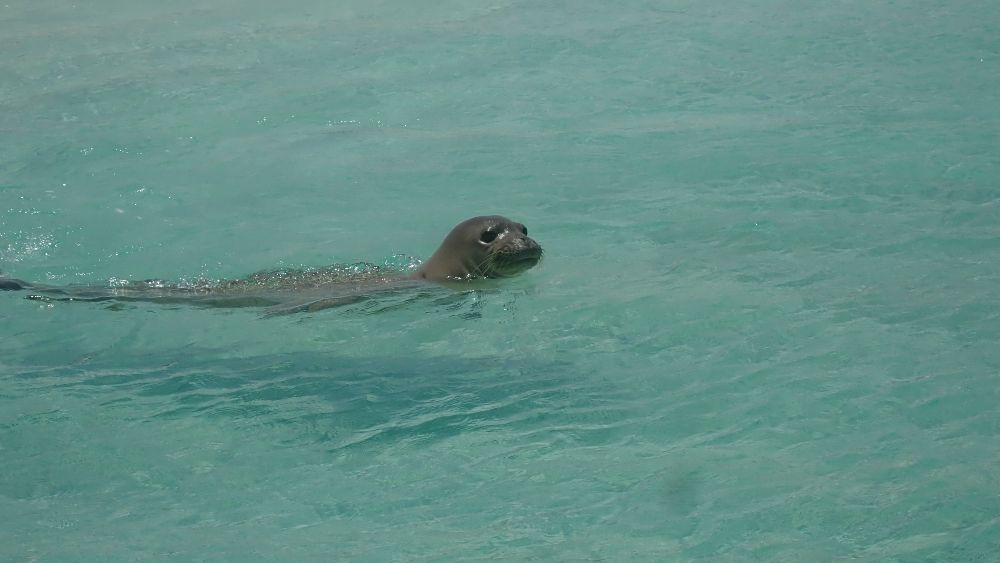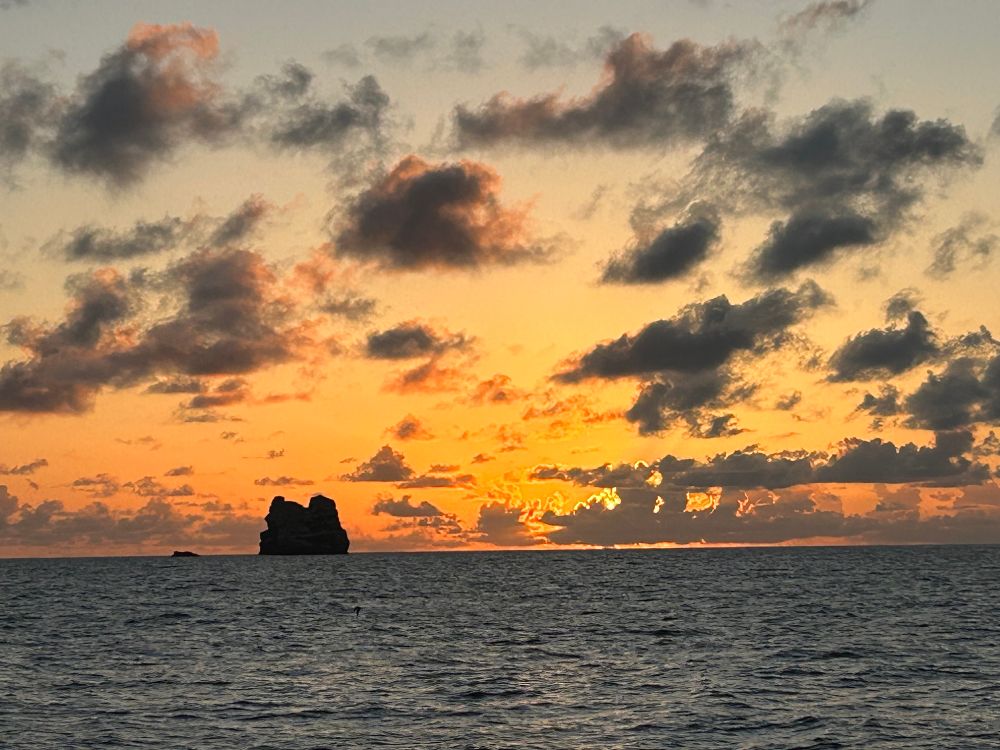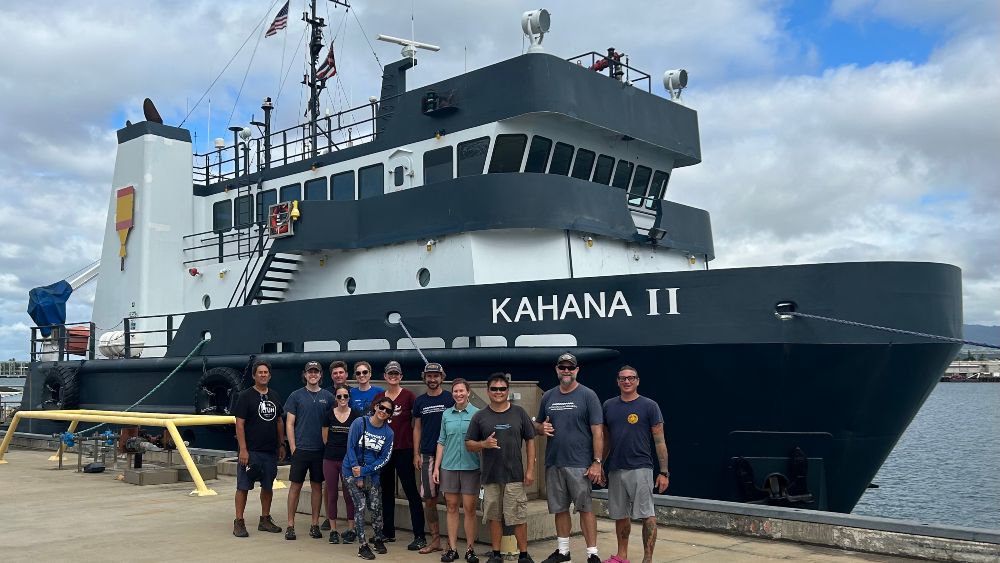Nuisance alga spreading rapidly at Papahānaumokuākea Marine National Monument

Scientists recently returned from a 23-day research expedition in Papahānaumokuākea Marine National Monument to study a mat-forming alga, Chondria tumulosa, that has invasive characteristics and is overgrowing some of the most pristine coral reefs in Hawai‘i.
They found the first confirmed record of Chondria at Hōlanikū, or Kure Atoll ─ the furthest extent of the monument, about 1,350 miles from Honolulu.
Divers from the National Oceanic and Atmospheric Administration first detected the alga in 2016, when it grew in lower abundances and was not yet widespread. By August 2019, the algae had grown into abundant mats of more than 100,000 square feet each at Manawai (Pearl and Hermes Atoll), outcompeting the species typically living in these ecosystems.

Chondria was also documented around Kuaihelani (Midway) in 2021 and 2022. With the recent confirmation at Hōlanikū, Chondria is now known to exist at all three northernmost atolls of the monument.
“Invasive and nuisance species are some of the most serious threats to our native ecosystems,” said Brian Hauk, NOAA sanctuary resource protection specialist and chief scientist for the expedition. “This alga has the potential to negatively impact entire island-scale coral reef ecosystems.”

During this recent expedition, Chondria distribution at Manawai appeared similar to observations from 2019 and 2021. Chondria was also observed on this expedition around Kuaihelani, with a few mat formations and with little apparent change from earlier expeditions.
Chondria can form large, thick mats, which smother native corals and virtually all other organisms under the mats. The origin of this alga is a mystery and very little is known about its ecology, physiology or potential biological drivers. It was identified as a species new to science in 2020, and to date has only been observed in Papahānaumokuākea.

“Marine nuisance and alien species are notoriously difficult to get rid of once they become established,” said Kim Fuller, marine invasive species specialist with the state Department of Land and Natural Resources.
Fuller led experiments to validate best management practices that have been used to help prevent the spread of Chondria to other islands or atolls. To ensure that no Chondria was inadvertently transported back to O‘ahu as a hitchhiker, everything the team used in the water, including their dive and research gear, was soaked in a strong bleach solution. The small dive boats and the deck of Kahana II also were sprayed with bleach prior to returning home.

“Prevention is the most time- and cost- effective solution for protecting our marine resources from invasive and nuisance species,” Fuller said.
The NOAA Office of National Marine Sanctuaries leads and collaborates in research that is fundamental to understanding the natural and cultural resources in the monument. Conservation science allows sanctuary staff and partners to document the condition and trends of protected ecosystems and the significance of emerging threats.
Scientists aboard Kahana II included researchers from the the National Marine Sanctuaries, Hawai’i Division of Aquatic Resources, the University of Hawai’i Cooperative Institute for Marine and Atmospheric Research, University of Hawai’i at Mānoa, University of Hawai’i Maui College, the College of Charleston and the University of Alabama at Birmingham.









